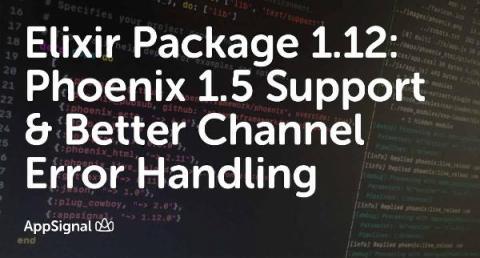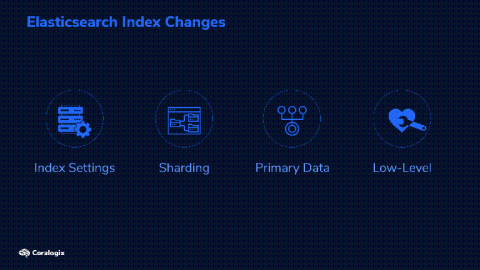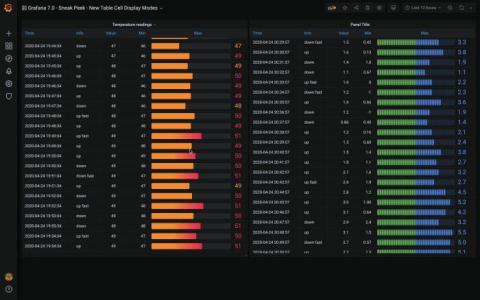Introducing Organization Accounts
Several times throughout the last five years of StatusGator, we have received requests for organizational accounts. As more and larger teams have joined, there’s been a steady increase in requests for multi-user accounts. We are proud to announce that StatusGator Organization accounts are now available on our Start Up plan and above. Our first implementation of this is quite simple: separate user accounts are joined together by linking them to a parent Organization record.











